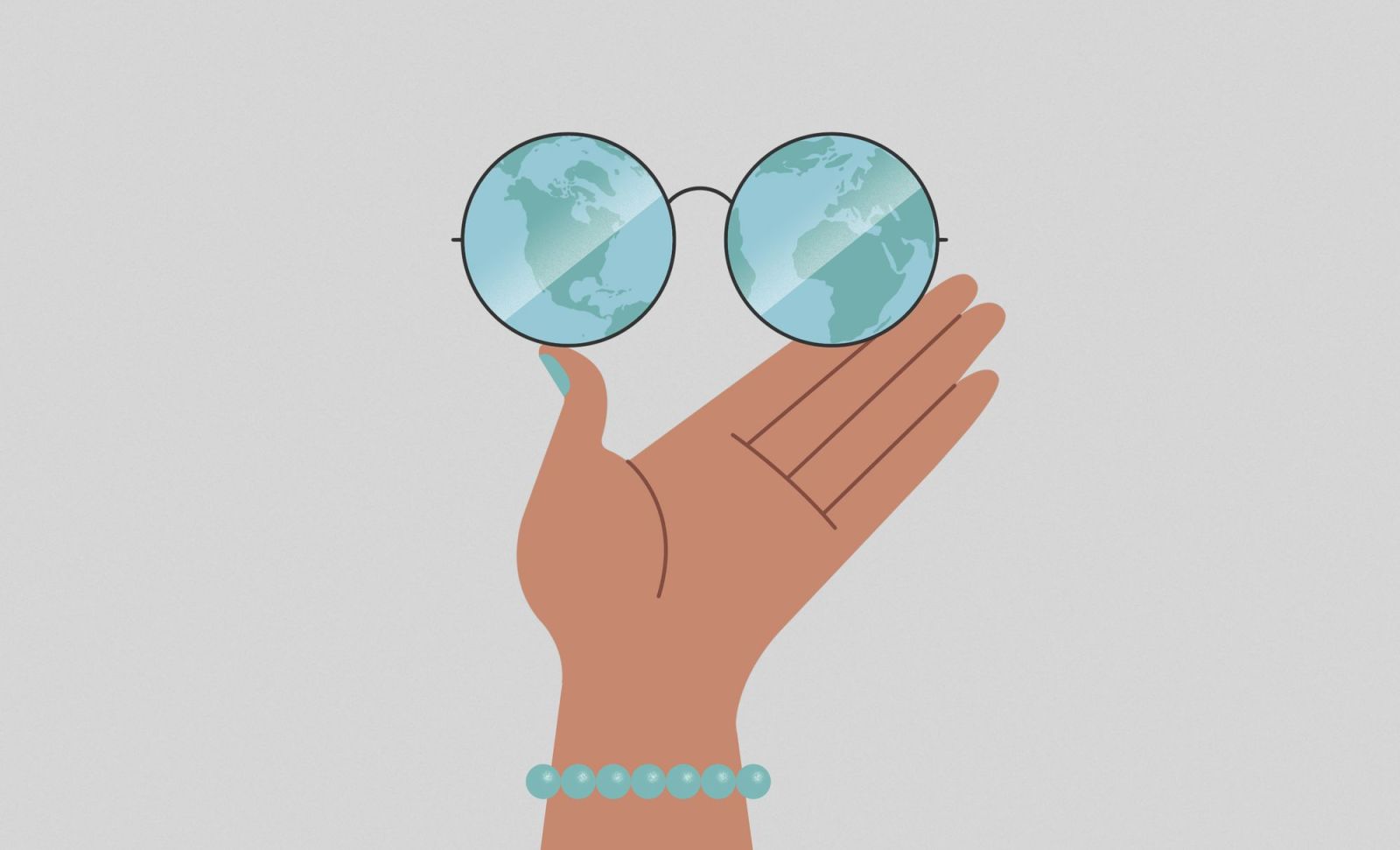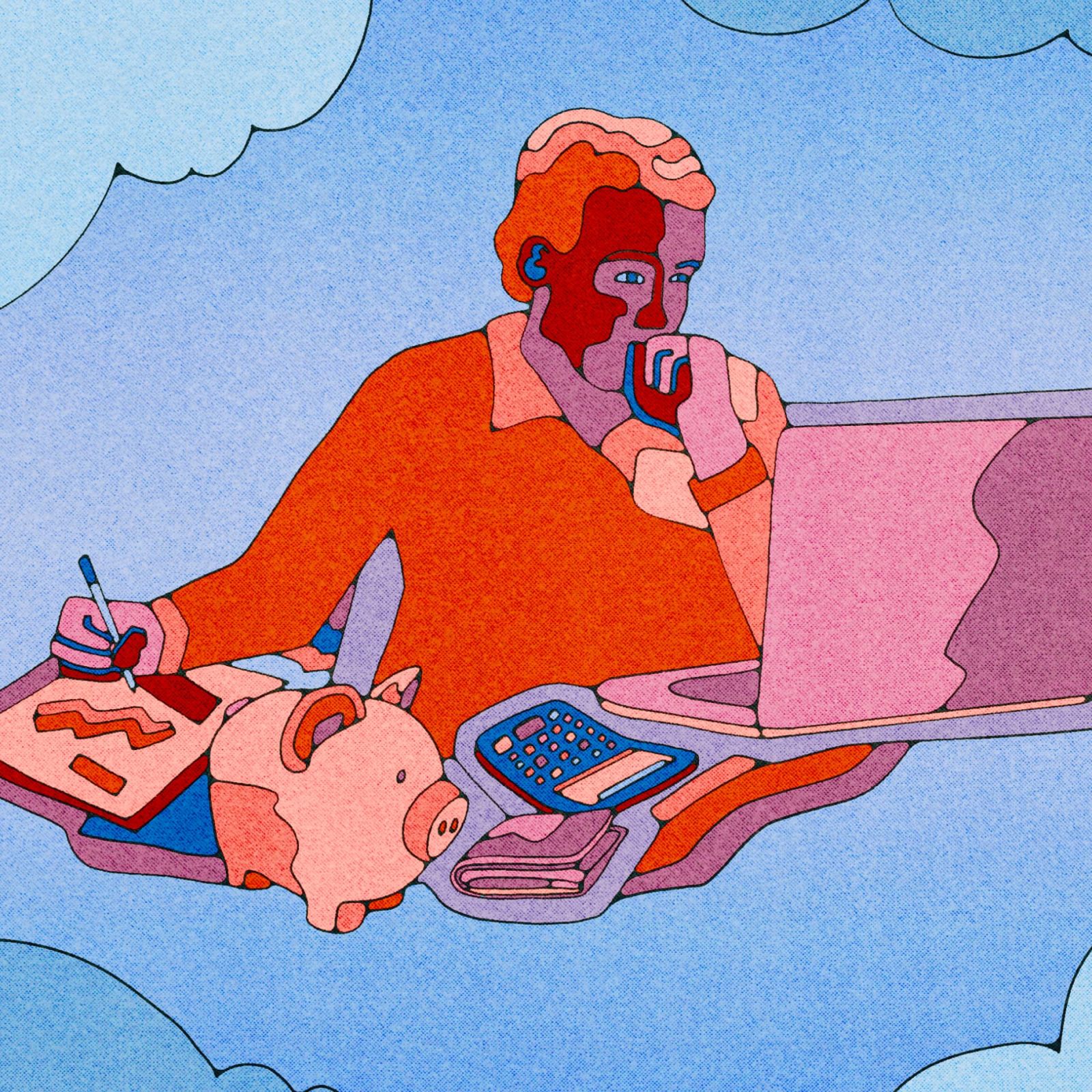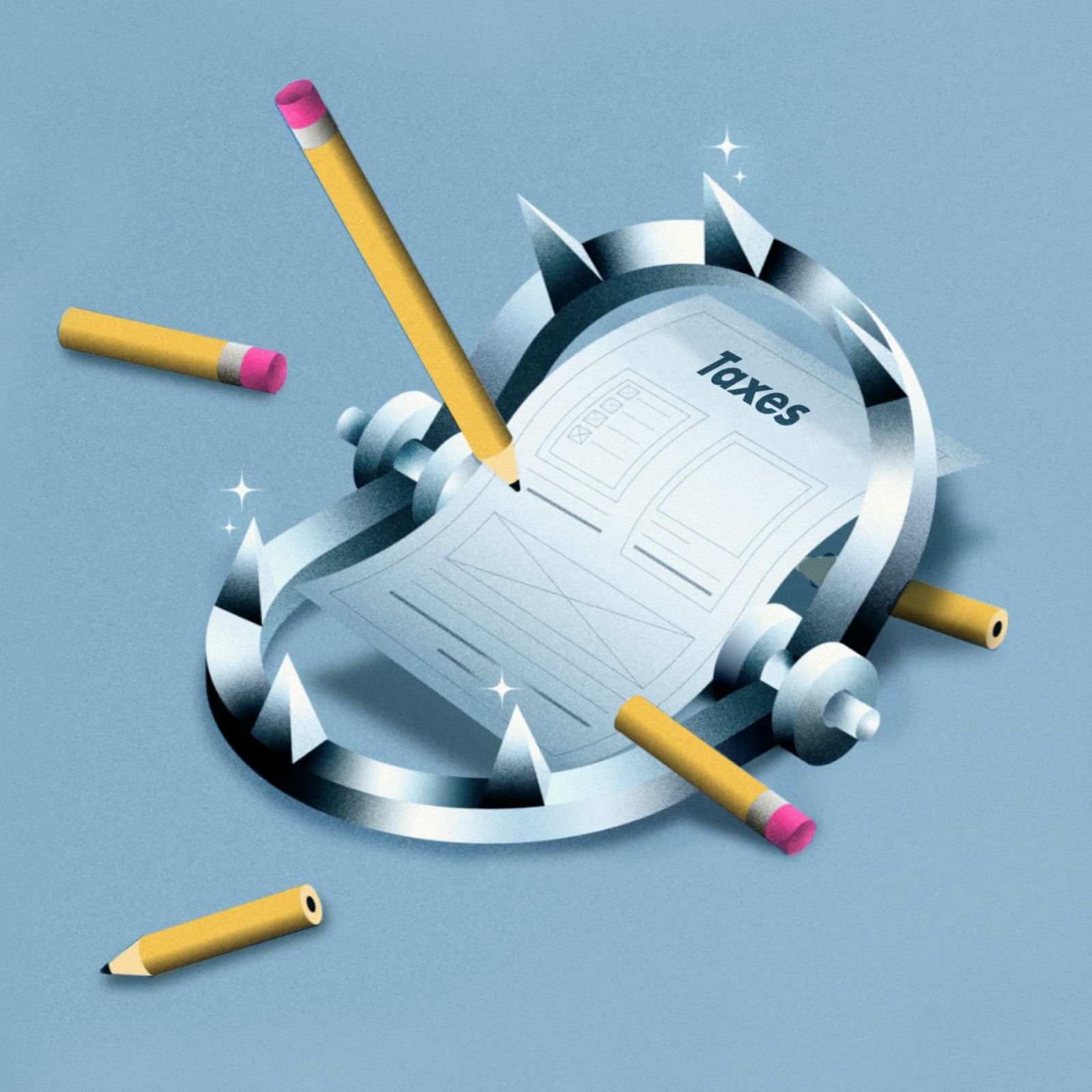
Finance for Humans
Dear Ms. Etiquette: I Want to Be Green But It’s Too Expensive!
Our columnist takes on the conundrum of wanting to be responsible but not being able to afford sustainable body wash and eco jeans. Hint: it’s not about what you buy.
Wealthsimple makes powerful financial tools to help you grow and manage your money. Learn more
Dear Ms. Etiquette,
I try my best to live according to my beliefs and help the environment. I turn off all the lights before leaving my apartment. I shop at my local farmers’ market and bring my own bag. But being green can get expensive. The eco-versions of cleaning products bloat my grocery bill, zero-waste toothpaste is impossible to find, and I just can’t justify spending $100 on a sustainable T-shirt when I can buy an identical one at the outlet store for $12. How do I balance my beliefs with my desire to live a relatively non-deprived yet stylish (and economical) lifestyle?
Concerned,
Slightly Cheap Citizen of Earth
Dear Concerned,
First, the bad news: the warning signs of Earth’s bleak future have ramped up, and it’s basically impossible to ignore the fact that we’re on a collision course with a fairly cataclysmic future. (As bad news goes, pretty bad!) The good news is, there are people like you who are trying to figure out how to live their lives without being part of the problem.
But it’s hard to be a concerned citizen of Earth. First, our culture mostly offers us things to buy instead of ways to improve our world. Second, it can feel really hard to make headway against climate change as an individual. And third, as you suggest, living an eco-friendly lifestyle is often confusing and expensive.
But you’re right! There are things you can do to help the world and feel like a decent human. The key is deciding what those things are rather than being paralyzed by all the decisions and information and cost. That’s where your good pal Ms. Etiquette comes in. I’m here to tell you how much you can spend to be responsible. Or at least help you make those decisions for yourself.

Sign up for our weekly non-boring newsletter about money, markets, and more. Sorry, TLDR is currently available in English only.
By providing your email, you are consenting to receive communications from Wealthsimple Media Inc. Visit our Privacy Policy for more info, or contact us at privacy@wealthsimple.com or 80 Spadina Ave., Toronto, ON.
Part One: It’s Not All Your Fault. We Are a Society of Consumption
Theoretically, the environment would be greatly improved if we all chose to live like monks and bike to work in hand-woven hemp pants every day. But barring a total overhaul of civilization as we know it, that probably isn’t going to happen. Why? Our lives, should we choose to live among our fellow humans, are organized around consuming and building.
While being mindful of your intake (and budget) is always helpful, it’s a waste of time to beat yourself up for participating in a system for which there is no viable alternative. So please be kind to yourself, and know that it’s not easy to balance caring about the future with trying to stay afloat while working what is now, on average, a 50-hour workweek.
Part Two: Virtue Signalling Is Expensive
A lot of us tend to treat ourselves as billboards that advertise an idea of who we are — a hat or a bag can say, “Howdy! I’m cool, but I don’t try too hard!” Or, “I am an athleisure yogi who also loves speed metal!” Ironically, we also tend to signal our environmentalism by... buying and wearing stuff! It’s called “virtue signalling.” It means a) that you think being environmentally conscious is cool, b) that you want to buy things that advertise that particular type of coolness, and c) it’s often a marker of status, since sustainable stuff is usually more expensive than the world-wrecking alternatives. Sustainably farmed salmon for $16 a pound! $150 for eco-friendly jeans! $80,000 for a trendy hybrid-electric vehicle!
A hot take: There are worse kinds of consumerism. Hear me out! If you’re going to use shopping as a way to define yourself, this is at least a socially beneficial way to do it. Say your friend Bart, if you have a friend named Bart, really wants to elicit FOMO on his Instagram — isn’t FOMO about wearing an eco-friendly parka one of the more beneficial FOMOs around? Let’s harness shallowness for wind power!
Recommended for you
Part Three: Buying Stuff Is Not The Best Way To Be An Environmentalist
There are a billion choices to make as an adult in 2019, and it’s often hard to know which of them matter. According to research done by Mária Csutora, the director of the European Sustainability Indicators Research Centre, people tend to trick themselves into believing they’re helping the environment, when in reality they’re focusing on negligible factors. “Consumers may choose easy-to-do but marginal actions or act only occasionally,” Csutora says. “Most environmental awareness campaigns allow for this kind of modest self-deception.”
For instance, the intermittent use of a reusable water bottle or a tote bag may be enough to make someone feel like they’re doing their part to save the earth on a day-by-day basis, when in reality it may distract from more significant lifestyle choices.
Per Csutora, the most critical contributors to your carbon footprint have nothing to do with your Nalgene, so it’s best to concentrate on the things that make a difference. What are they?
1. “Reducing meat in one’s diet is one way to make a difference,” Csutora says. “The less meat one consumes, the better.“ Eating 100 calories of fish has an ecological footprint ten times higher than, say, eating 100 calories of potatoes. (It’s also more expensive.)
2. The fewer vehicles on the road, the better. Opting for a bike, a bus, a carpool, or the metro might help you get a little bit more exercise. And since commercial flights are probably the most environmentally damaging form of transportation, you could limit those. A Mother Jones found that the annual carbon cost one saves from going all-in on ecological-minded efforts — replacing an old fridge with a more efficient model, replacing household lightbulbs with compact fluorescents, recycling, opting for a bus or train in your daily commute, and swapping a family sedan for a Prius — can be completely canceled out by a single commercial plane ride from, say, Montreal to Calgary.
3. Figure out how to use your heating and air conditioning less. In 2015, residential usage made up 34 percent of Canada’s total energy suck. And, according to Csutora, turning up your heater just one degree means consuming about 6 percent more energy. If you’re a homeowner, purchasing more energy-efficient heating equipment is verifiably impactful, and may also save you money in the long run. And unlike a $408 responsibly sourced cashmere throw pillow, turning down your heater is absolutely free.
The one through-line here? All that stuff saves you money. You can buy normal toothpaste and stop eating as much meat and still come out ahead. It could be time to ask yourself if buying all those environmental products is really about the environment or more about the joys of consumption. We aren’t (completely) judging — abstinence in any form isn’t all that much fun. But these are important questions.
Part Four: Consider Your True Needs. And Then, Maybe, Start Buying Environmentally Friendly Stuff
You’re going to buy stuff. (If you’re not, bravo. You shouldn’t be reading this. You should be in a national museum.) The question is not only which stuff, but how much. As a rule, when I am considering an online purchase that could be deemed frivolous, I enforce a waiting period. (I try to make it a month, but it’s often more like three hours.) More times than not, I’ll completely forget about whatever it was I thought was an absolute necessity.
Let’s take the question of fast fashion head-on. There are reasons that large clothing chains are great. Say you’re broke and you have a job interview and you can’t afford a fancy suit. A nice-looking knockoff is a great way to feel good about yourself and not go into debt. But as soon as buying cheap, hip clothes makes clothing feel disposable, it’s a problem — for the earth, of course, but also for your finances: if you buy a $200 coat and think you’re saving money because a similar coat at Gucci costs $1,200, you’re wrong. You spent $200, you did not save $1,000 — just check your bank account. Do you see an extra grand in there?
There are also times when it’s better to spend a little more and buy a little less, if you can afford it — the old “buy nice or buy twice” philosophy. Sometimes more expensive items are better made (so they’ll last longer) or more sustainably sourced (so they have a lower impact on the environment). This approach will hit the environmentalist sweet spot you’ve been striving for all along: a purchasing decision that saves you money while also helping reduce climate change.
Wealthsimple uses technology and smart, friendly humans to help you grow and manage your money. Invest, save, trade, and even do your taxes in a better, simpler way.








